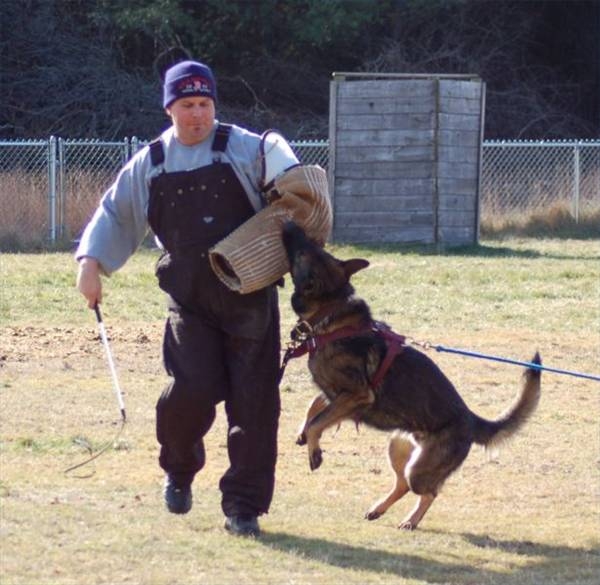It is vital that there is a clear and consistent set of people processes across an organization. These processes includes the selection of Black Belts, Master Black Belts, and Six Sigma Green Belts, their evaluation, and the requirements and process for their certification.
One main issue is ensuring that these processes are very rigorous. Rigor is important because it not only sends a signal about the importance of Lean, but it builds confidence that if a per-son is selected as an Black Belt, Master Black Belt, or Lean Green Belt, they will have a good chance of succeeding because of the effort invested in making sure the individual, and the organization, is confident that there is a good match between the role and the person's skills and experience. Consistency is important because it both ensures fairness across the organization as well as ensure that Black Belts, Master Black Belts, and Six Lean Green Belts companywide have the same conception of their role. This consistency makes knowledge sharing easier and facilitates the sharing of resources across the organization.
Lean certification is the process where Black Belts, Master Black Belts, and Six Sigma Green Belts fulfill a standard set of requirements to achieve recognition as fully qualified in their role. This is important not only as a mechanism for ensuring a minimum level of standard capability, but also as an important personal recognition of achievement.
The evaluation of Black Belts and Master Black Belts is important as it is for all employees. The evaluation needs to consider the project-oriented nature of their work by obtaining input from the line manager who owns the process as well as project team members. Master Black Belt evaluation should get feedback from Black Belts they have coached and the feedback from the participants of the courses they have taught.
Achieving 6 Sigma performance across an organization is an enormous challenge (going from 4 to 6 sigma is almost a 2,000 times improvement!). To make this level of improvement, organizations discover that no one person and no one area can accomplish this on their own. Instead, organizations need to find ways to harness the ideas and energy of many people across functions, sites, and even business groups.
To facilitate this sharing of knowledge and expertise, we need a common language, tools, and philosophy of 6 Sigma so that a person from one part of the organization is able to help out a person from any other part of the organization. With a common language we have the ability to talk to each other about how we solved problems e.g., How did you deal with the Improve phase with this kind of process?, we can benchmark processes (using the sigma and DPMO metrics), and we all share the same view of what 6 Sigma is and what it will do for us.
This commonality is achieved through several means, including a consistent set of training materials and programs (tailored for local needs, but built on the same foundation and with the same key concepts and terms), a consistent format for project reports (to help each of us understand other people's reports and to more easily find the information we want from a report), consistent definitions of metrics (e.g., how we calculate sigma), and consistent software (e.g., PET/MET and Minitab) to help in data exchange.

 How to Train Jug Puppies
How to Train Jug Puppies
How to Train
How to Train Jug Puppies
How to Train Jug Puppies
How to Train
 Police Dog Training Techniques
Police Dog Training Techniques
Police
Police Dog Training Techniques
Police Dog Training Techniques
Police
 Free Potty-Training Tips for Female Pit Bull Puppies
Free Potty-Training Tips for Female Pit Bull P
Free Potty-Training Tips for Female Pit Bull Puppies
Free Potty-Training Tips for Female Pit Bull P
 Grass for Puppy Potty Training
Grass for Puppy Potty Training
Grass f
Grass for Puppy Potty Training
Grass for Puppy Potty Training
Grass f
 German Shepherd Training & Tricks
German Shepherd Training & Tricks
German Shepherd Training & Tricks
German Shepherd Training & Tricks